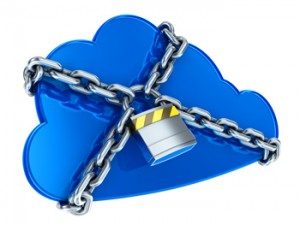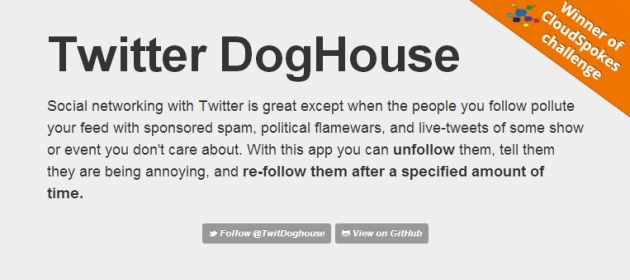 For all the marketingspeak from technology providers about open systems blah blah blah, seasoned CIOs know that every software purchase is accompanied by a certain level of risk of getting locked in to that particular vendor.
For all the marketingspeak from technology providers about open systems blah blah blah, seasoned CIOs know that every software purchase is accompanied by a certain level of risk of getting locked in to that particular vendor.
The risk is caused by user comfort, proprietary programming language and opaque database structures, among other factors.
Cue to the world of cloud.
A SaaS / PaaS vendor can:
- Change features without the customers’ consent. And many of them do so not infrequently, as I’d highlighted in Three More Ways How Tech Vendors Can Accelerate Legacy Transformation.
- Abscond with the customer’s data when they shut down. This happened to us recently with 1daylater, a cloud-based provider of timesheet and invoicing software. The SaaS company promised to send us our data going past three years when it closed shop six months ago. We still haven’t got anything. Meanwhile, we’ve gone back to Excel – warts and all, it’s simple, the data is stored on our own servers and we’ll always have access to it.
 Threaten the existence of its customer by raising platform costs overnight. Let me quote Twitter Doghouse as a recent example. This app allows users to temporarily UNFOLLOW Twitter accounts of people who flood your timelines – e.g. tweeters from live events – and FOLLOW them back automatically after a predefined interval. Great app. It even won a prize in Canada. But the company that developed it was pushed into an existential crisis when its platform provider trebled its prices recently.
Threaten the existence of its customer by raising platform costs overnight. Let me quote Twitter Doghouse as a recent example. This app allows users to temporarily UNFOLLOW Twitter accounts of people who flood your timelines – e.g. tweeters from live events – and FOLLOW them back automatically after a predefined interval. Great app. It even won a prize in Canada. But the company that developed it was pushed into an existential crisis when its platform provider trebled its prices recently.- Literally turn off the tap. While the so-called “deplatforming” happens only under extenuating circumstances, historically, whenever SaaS / PaaS vendors have taken the extreme step, they have done so abruptly and without any consultation with their customers.
Therefore, cloud computing raises vendor lock in to the next level compared to onpremise software.
OTOH, the customer pays up the full price upfront in the case of onpremise software, so it could be argued that onprem imposes greater vendor lockin.
Whereas cloud offers pay-per-use / subscription pricing, and customer is free to walk out at the end of the month. Going by that, cloud enables customers to mitigate the greater risk of vendor lockin compared to onprem.
The way I see it, both onprem and cloud impose vendor lockin. The lockin is of technical nature in the case of cloud and commercial nature in the case of onpremise.
